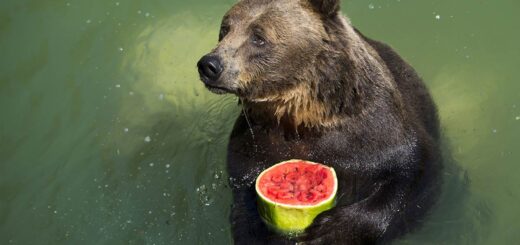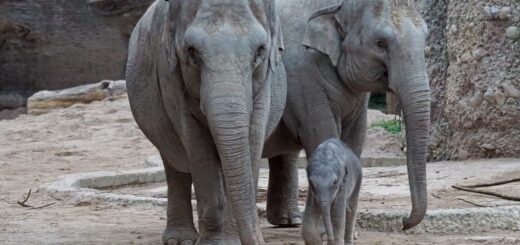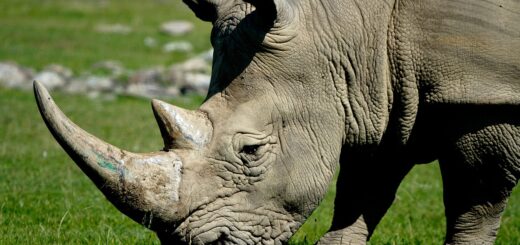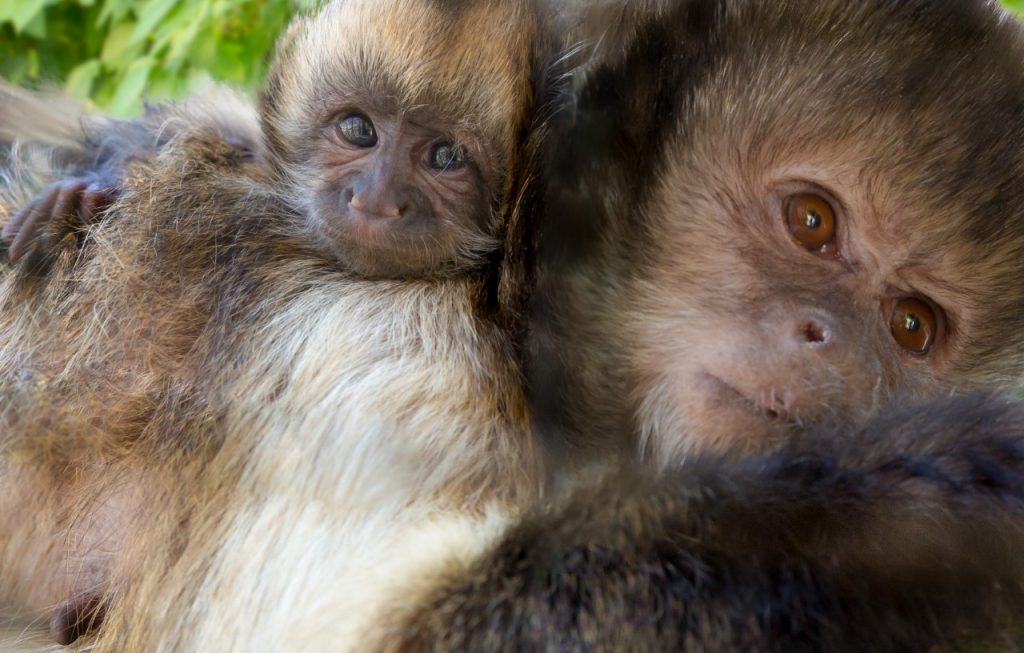Allometry and Ecology of Feeding Behaviour and Digestive Capacity in Herbivores
Citation
Van Soest PJ. 1995. Allometry and ecology of feeding behavior and digestive capacity in herbivores. In Proceedings of the First Conference on Zoo and Wildlife Nutrition, AZA Nutrition Advisory Group, Scarborough, OT.
Abstract
Allometry and Ecology of Feeding Behaviour and Digestive Capacity in Herbivores
Peter J. Van Soest
Cornell University, Ithaca, New York
Ruminants are animals that have specialized on the capture of energy in cellulosic carbohydrates in contrast to perissodactyls that tend to consume volume with lower extraction. Thus equids, for example, are more tolerant to low quality forages than many ruminants of equivalent size, because they do not have to spend time ruminating. There is a probable coarse fiber requirement in all grazing species for normal gastrointestinal function. There appears to be a critical size limit to unselective grazing behavior at about 90 kg which is the result of competition between required intake and gastrointestinal capacity. There is also a body size association between digestive capacity for cellulose in grasses for all grazing herbivores. This association is not found with faster digesting carbohydrates. Ruminants smaller than 30 kg can have longer retention times than would be expected (bay and Maxwell duikers, Asian mouse deer, pudu, and brocket) .These animals achieve this on low cell wall diets, often from fruits, unlignified leaves and generally selective feeding behavior. Although small ruminants achieve rapid rates of fermentation by selective feeding, the net contribution of VFA to net digestible energy is lower than in larger ruminants. There is important bypass of high quality feed to the lower digestive tract in small selector ruminants.
Key words: ruminants, perissodactyls, energy, forage quality, size, grazing behavior, retention time
 Allometry and Ecology98.pdf 79 KB
Allometry and Ecology98.pdf 79 KB








